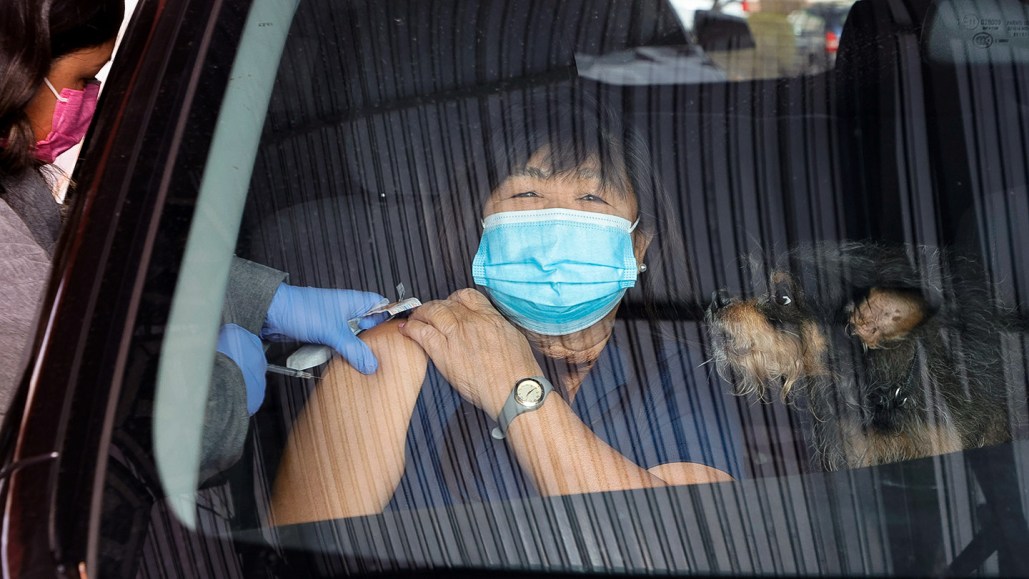The Likelihood of Developing Long COVID Decreases with Evolution of the Coronavirus

As new varieties of the coronavirus took center stage during the COVID-19 pandemic, the odds of developing long COVID dropped. Those who were vaccinated against the virus saw the biggest plunge over time.
For every 1,000 unvaccinated people, 104 developed long COVID up to one year after an infection during the pre-delta phase of the pandemic. That fell to 95 per 1,000 during the delta variant’s era and 78 during omicron’s reign. Among vaccinated people, just 53 out of 1,000 developed long COVID up to a year after infection during delta and only 35 during omicron, researchers report July 17 in the New England Journal of Medicine.
The study of U.S. Department of Veterans Affairs Health Care System data looked at people who had a COVID infection from March of 2020 — the month the pandemic began — to the end of January in 2022. The researchers, from the Veterans Affairs St. Louis Health Care System, compared the rates of long COVID during three phases of the pandemic among those who had and had not gotten vaccinated. The first COVID vaccine was introduced in December of 2020 (SN: 12/11/20). The delta variant dominated the United States in the summer of 2021, with the omicron variant taking over beginning in December 2021 (SN: 7/2/21; SN: 12/21/21).
The rate of long COVID fell as the coronavirus evolved during the pandemic, especially for vaccinated people. The analysis focused on close to 450,000 U.S. veterans infected with COVID from March 2020 to January 2022.
A comparison of omicron infections with infections from prior eras found that 72 percent of the drop in the long COVID rate during omicron was attributable to vaccines. The remainder was due to changes in the virus and improvements in medical care and the use of antiviral treatments during the omicron phase.
Even with the steep decline in the occurrence of long COVID for vaccinated people, there is still a risk, the researchers write. With “the large numbers of ongoing new infections and reinfections, and the poor uptake of vaccination,” they continue, this “may translate into a high number of persons” with long COVID.




